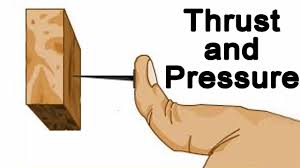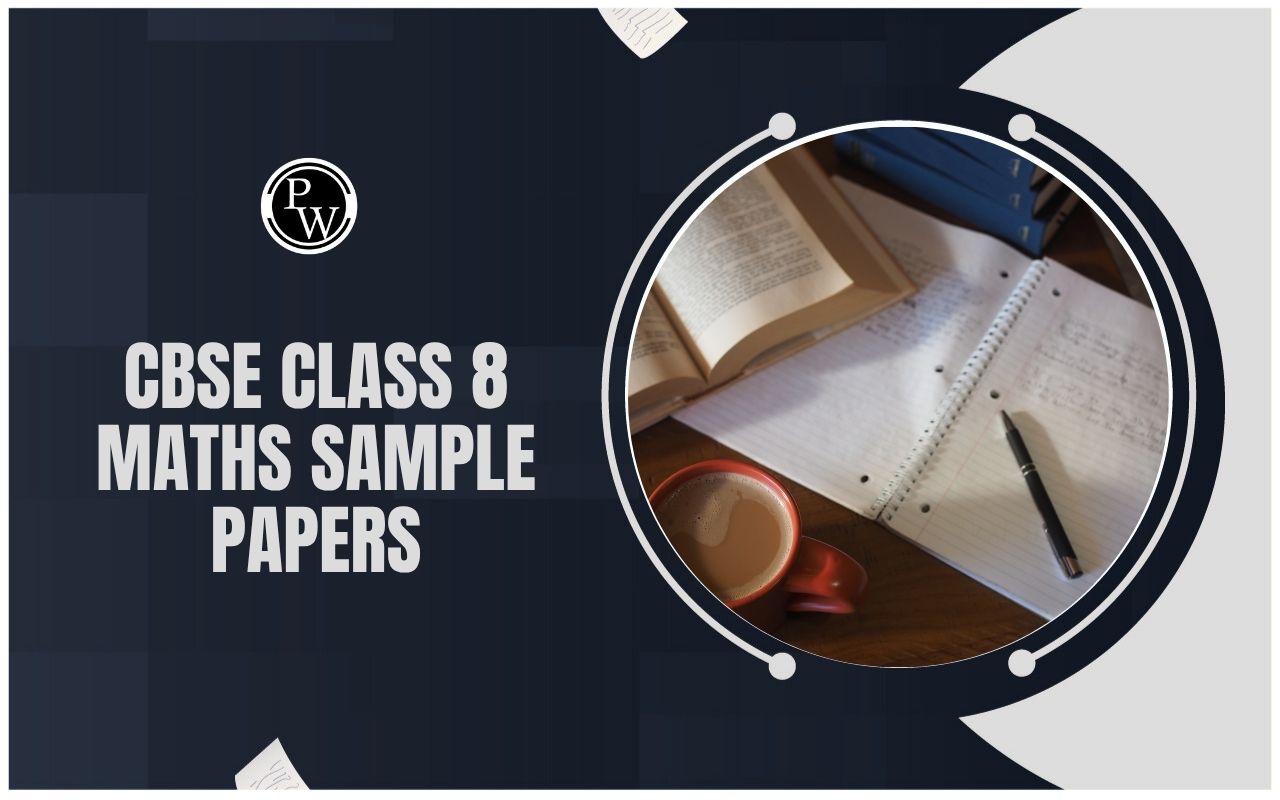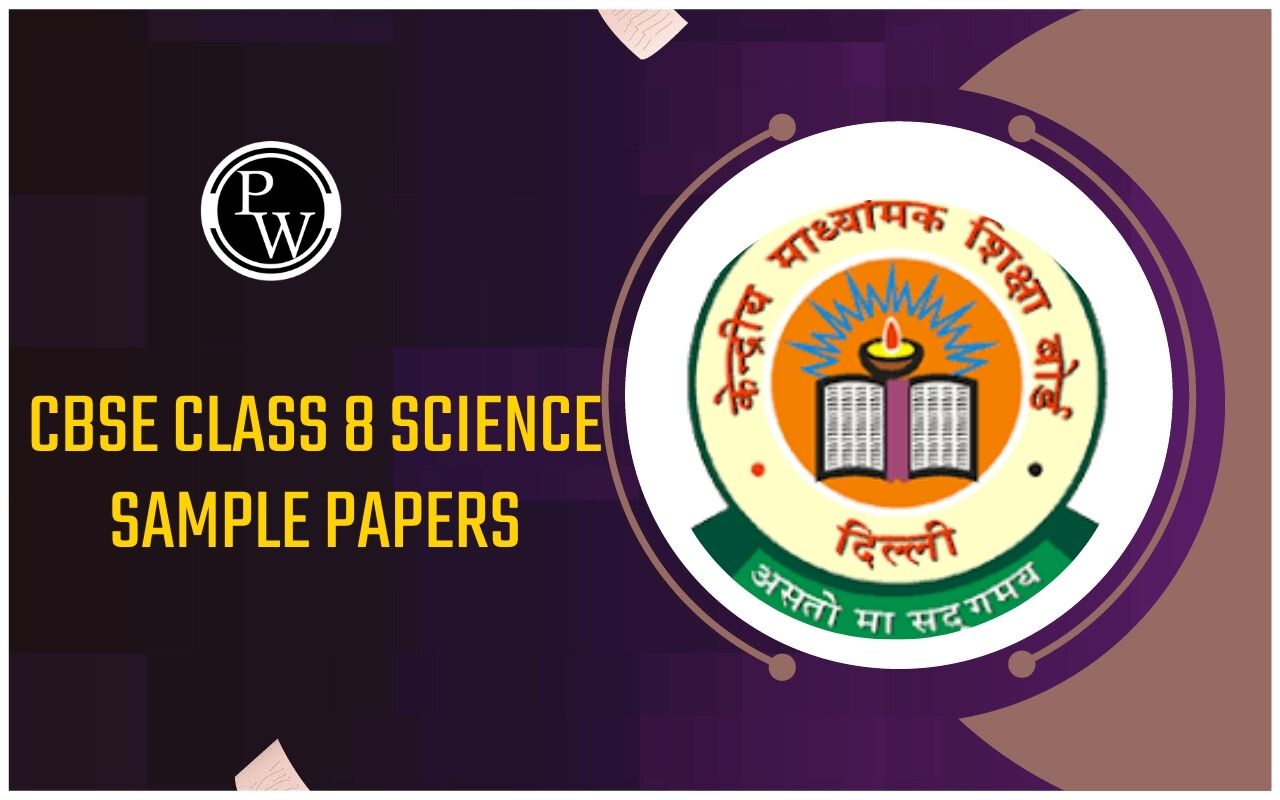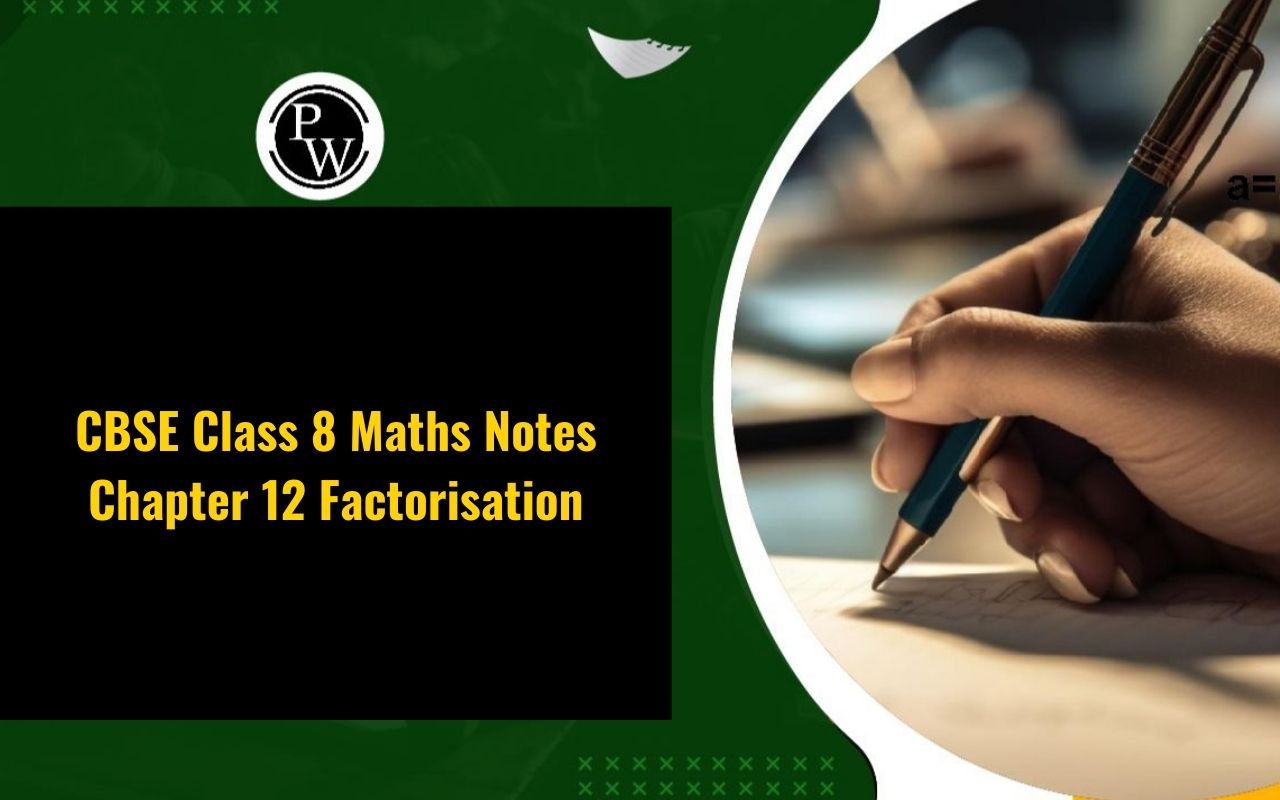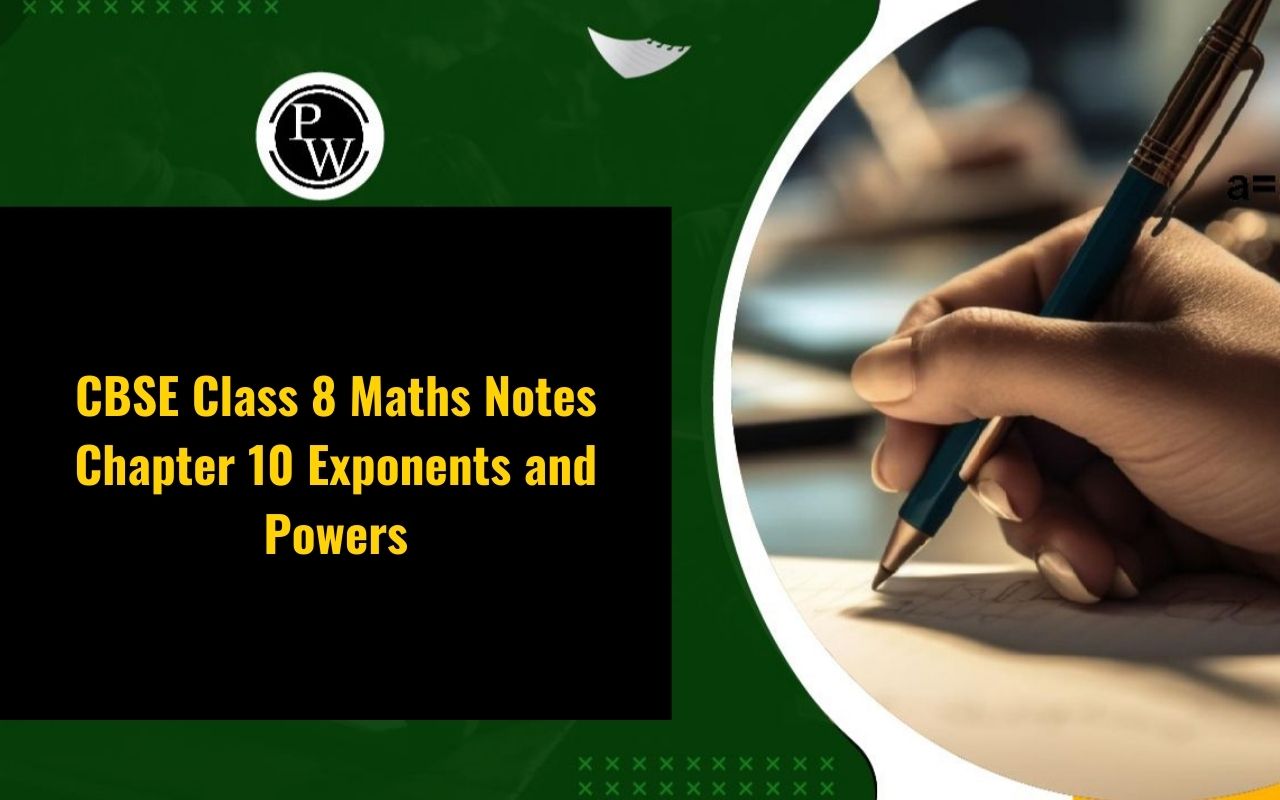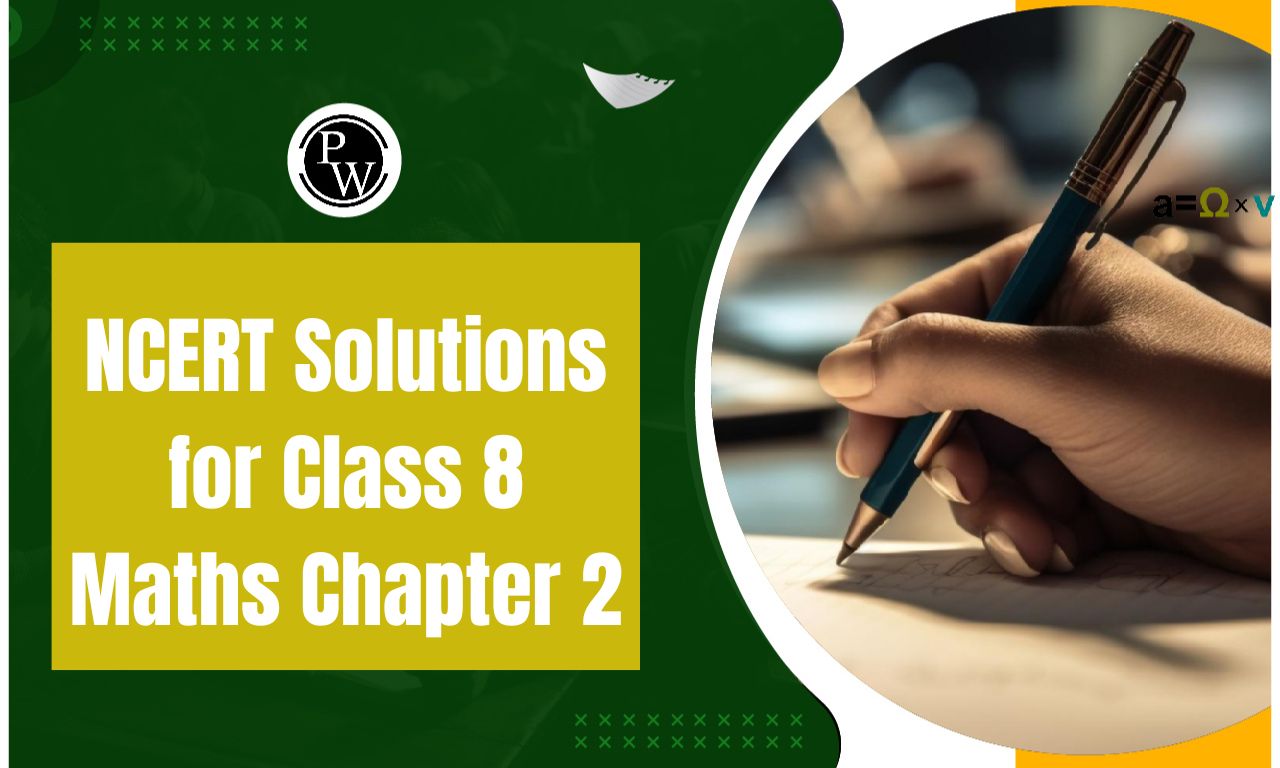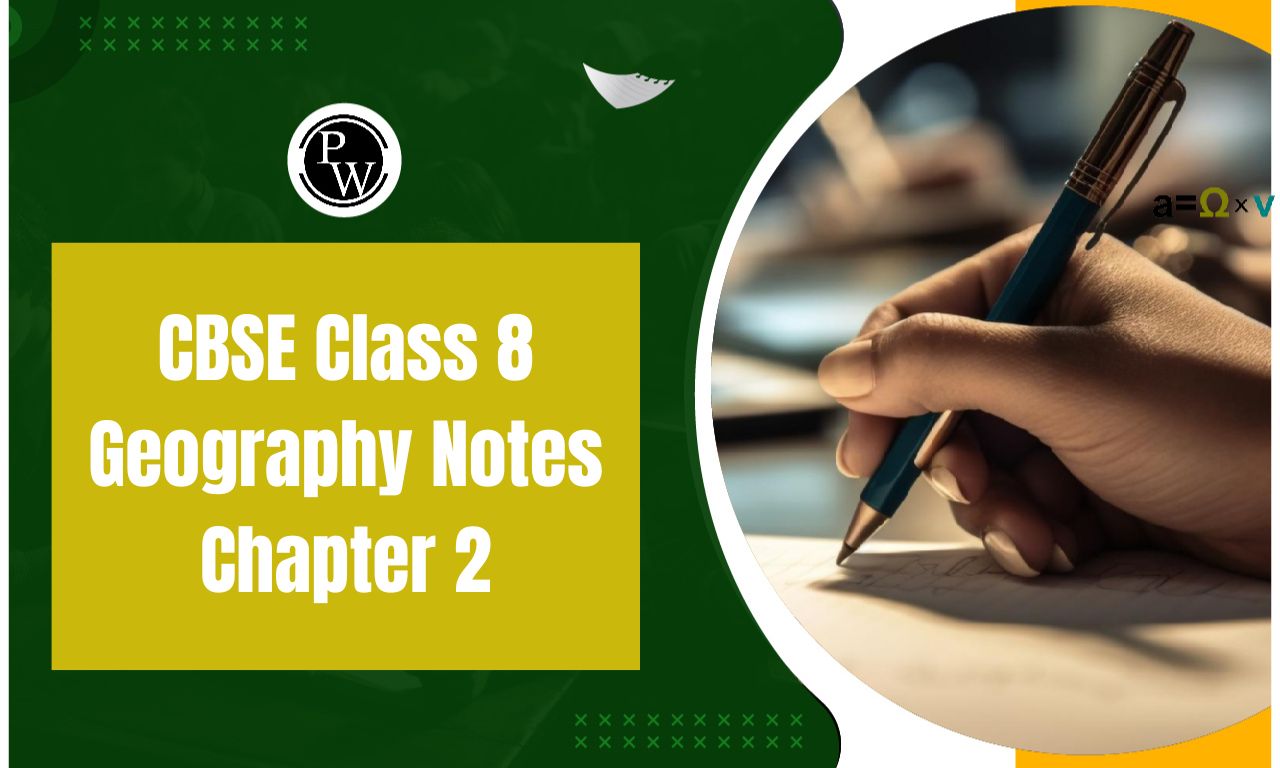
CBSE Class 8 Science Notes Chapter 8: Here are the notes for CBSE Class 8 Science Chapter 8 Force and Pressure provided in simple language to help you understand the key concepts. These notes cover important topics such as the definition of force, types of forces, and the concept of pressure.
They are designed to help in your preparation for the Class 10 board exams by making complex ideas more accessible and easier to grasp. Review these notes thoroughly to strengthen your understanding and perform well in your exams.CBSE Class 8 Science Notes Chapter 8 Force and Pressure Overview
These notes are prepared by the subject experts of Physics Wallah provides a detailed overview of CBSE Class 8 Science Chapter 8 Force and Pressure. They simplify key concepts such as the nature of force, types of forces and the principles of pressure making it easier for students to grasp these important topics. With clear explanations and detailed insights these notes are designed to enhance your understanding and support effective preparation for your exams.CBSE Class 8 Science Notes Chapter 8 PDF Download
The PDF link for CBSE Class 8 Science Chapter 8 Force and Pressure is available below. This PDF includes detailed notes on the chapter providing clear explanations of key concepts related to force and pressure. Access the PDF to review the material thoroughly and reinforce your understanding of force and pressure before your exams.CBSE Class 8 Science Notes Chapter 8 Force and Pressure PDF
CBSE Class 8 Science Notes Chapter 8 Force and Pressure
Below we have provided CBSE Class 8 Science Notes Chapter 8 Force and Pressure for students to help them understand the chapter better and to score good marks in their examination.Force – A Push or a Pull
In science, force is defined as a push or pull on an object that arises from the interaction between two objects. Force is characterized by both magnitude and direction, meaning it has a specific strength and a particular direction in which it acts. It is responsible for changing the direction or state of motion of a body.Push
A push is a type of force that is exerted away from the body. Examples include hitting a snooker ball or kicking a football. These actions apply a force that moves the object away from the source of the push.Magnetic Force
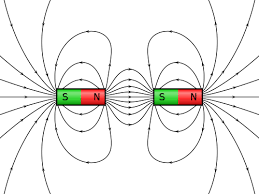 Magnetic force refers to the attraction or repulsion between two magnetic bodies caused by their poles. This force can either pull magnetic objects together or push them apart, depending on the orientation of their poles.
Magnetic force refers to the attraction or repulsion between two magnetic bodies caused by their poles. This force can either pull magnetic objects together or push them apart, depending on the orientation of their poles.
CBSE Class 8 Science Notes Chapter 8 Force and Pressure FAQs
What is force?
Force is a push or pull exerted on an object that can change its state of motion or shape. It has both magnitude and direction.
What are the different types of forces?
Forces can be categorized into contact forces (like frictional force and muscular force) and non-contact forces (like gravitational force and magnetic force).
What is the difference between push and pull?
A push is a force exerted away from the body, such as pushing a door. A pull is a force exerted towards the body, such as pulling a rope.
What is net force?
Net force is the overall force acting on an object when all individual forces are combined. It determines the acceleration and direction of the object.
What is pressure?
Pressure is defined as the force exerted per unit area. It is measured in Pascals (Pa).
Talk to a counsellorHave doubts? Our support team will be happy to assist you!

Free Learning Resources
PW Books
Notes (Class 10-12)
PW Study Materials
Notes (Class 6-9)
Ncert Solutions
Govt Exams
Class 6th to 12th Online Courses
Govt Job Exams Courses
UPSC Coaching
Defence Exam Coaching
Gate Exam Coaching
Other Exams
Know about Physics Wallah
Physics Wallah is an Indian edtech platform that provides accessible & comprehensive learning experiences to students from Class 6th to postgraduate level. We also provide extensive NCERT solutions, sample paper, NEET, JEE Mains, BITSAT previous year papers & more such resources to students. Physics Wallah also caters to over 3.5 million registered students and over 78 lakh+ Youtube subscribers with 4.8 rating on its app.
We Stand Out because
We provide students with intensive courses with India’s qualified & experienced faculties & mentors. PW strives to make the learning experience comprehensive and accessible for students of all sections of society. We believe in empowering every single student who couldn't dream of a good career in engineering and medical field earlier.
Our Key Focus Areas
Physics Wallah's main focus is to make the learning experience as economical as possible for all students. With our affordable courses like Lakshya, Udaan and Arjuna and many others, we have been able to provide a platform for lakhs of aspirants. From providing Chemistry, Maths, Physics formula to giving e-books of eminent authors like RD Sharma, RS Aggarwal and Lakhmir Singh, PW focuses on every single student's need for preparation.
What Makes Us Different
Physics Wallah strives to develop a comprehensive pedagogical structure for students, where they get a state-of-the-art learning experience with study material and resources. Apart from catering students preparing for JEE Mains and NEET, PW also provides study material for each state board like Uttar Pradesh, Bihar, and others
Copyright © 2025 Physicswallah Limited All rights reserved.
Get App
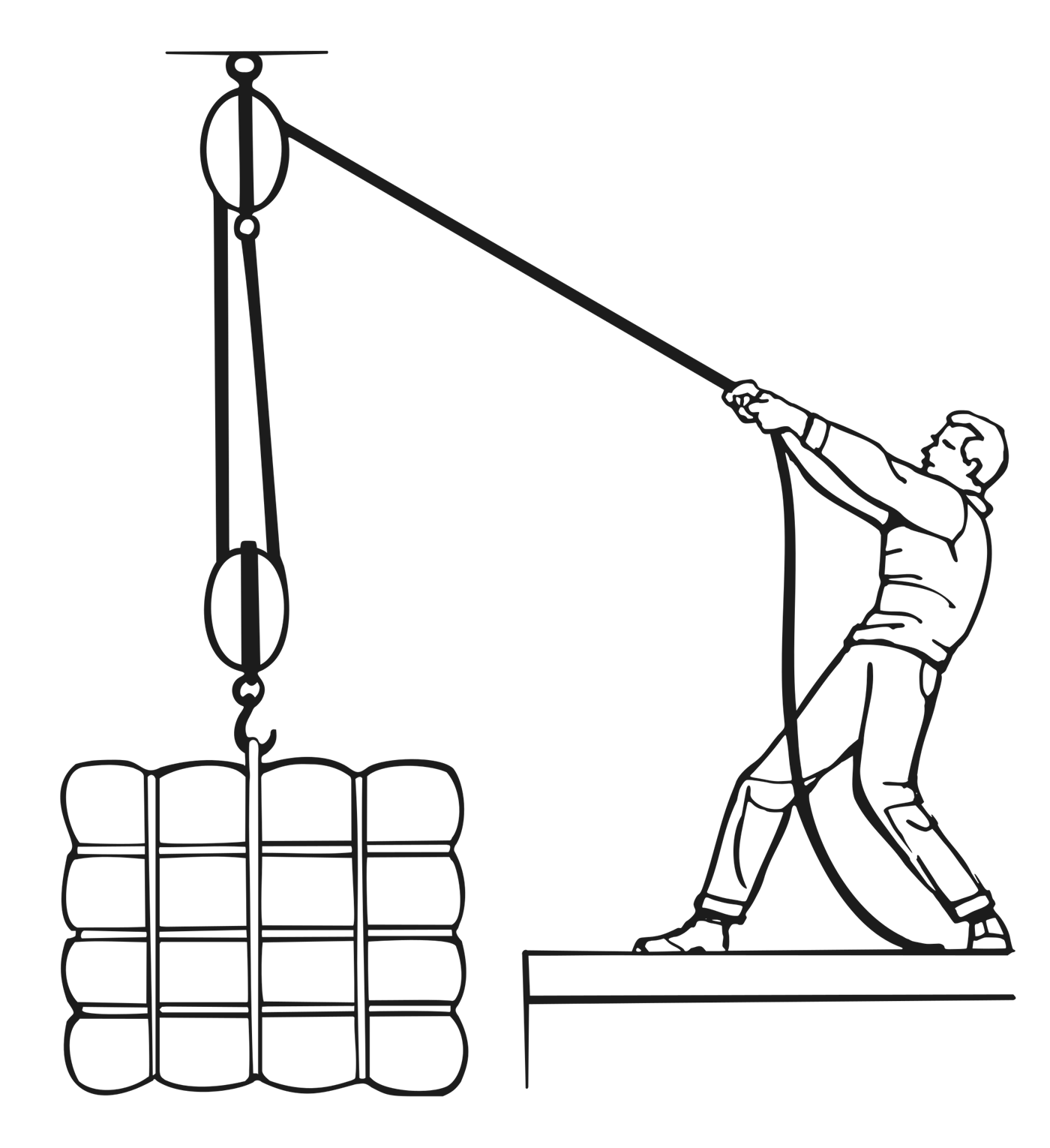 Force is a fundamental concept in physics defined as a push or a pull that causes an interaction between objects. It can change the state of motion or the direction of an object. When you push a door, you apply a force that makes it move.
Similarly, when you pull a cart, the force you apply changes its position. Forces can either accelerate an object, slow it down, change its direction, or even alter its shape. The effect of a force depends on its magnitude (strength) and direction. Essentially, force is responsible for any change in the state of motion or rest of an object, demonstrating its crucial role in interactions between objects.
Force is a fundamental concept in physics defined as a push or a pull that causes an interaction between objects. It can change the state of motion or the direction of an object. When you push a door, you apply a force that makes it move.
Similarly, when you pull a cart, the force you apply changes its position. Forces can either accelerate an object, slow it down, change its direction, or even alter its shape. The effect of a force depends on its magnitude (strength) and direction. Essentially, force is responsible for any change in the state of motion or rest of an object, demonstrating its crucial role in interactions between objects.
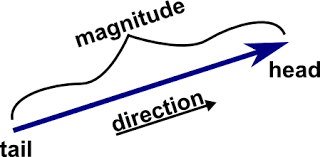 In physics, a vector is a quantity that has both magnitude and direction. This means that when dealing with vectors, you must specify not only how much of the quantity there is but also the direction in which it acts. Examples of vector quantities include velocity, displacement, weight, momentum, force, and acceleration. Vectors are essential for analyzing forces because they help determine the net effect of multiple forces acting on a body.
When multiple forces are applied to an object, each force can be represented as a vector with both magnitude and direction. To find the net force acting on the object, these individual forces are combined, or "resolved," into one resultant vector. This resultant vector represents the overall effect of all the forces acting on the object and dictates how the object will move or accelerate.
In physics, a vector is a quantity that has both magnitude and direction. This means that when dealing with vectors, you must specify not only how much of the quantity there is but also the direction in which it acts. Examples of vector quantities include velocity, displacement, weight, momentum, force, and acceleration. Vectors are essential for analyzing forces because they help determine the net effect of multiple forces acting on a body.
When multiple forces are applied to an object, each force can be represented as a vector with both magnitude and direction. To find the net force acting on the object, these individual forces are combined, or "resolved," into one resultant vector. This resultant vector represents the overall effect of all the forces acting on the object and dictates how the object will move or accelerate.
 Contact forces require physical interaction between objects. They occur when two or more objects touch each other. Common types of contact forces include:
Contact forces require physical interaction between objects. They occur when two or more objects touch each other. Common types of contact forces include:
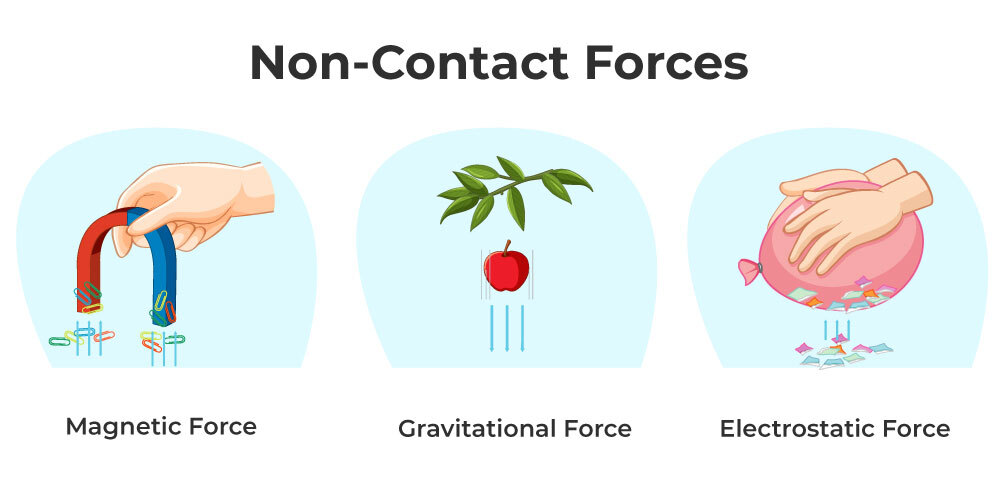 Non-contact forces act over a distance without physical touch. They include:
Non-contact forces act over a distance without physical touch. They include:
